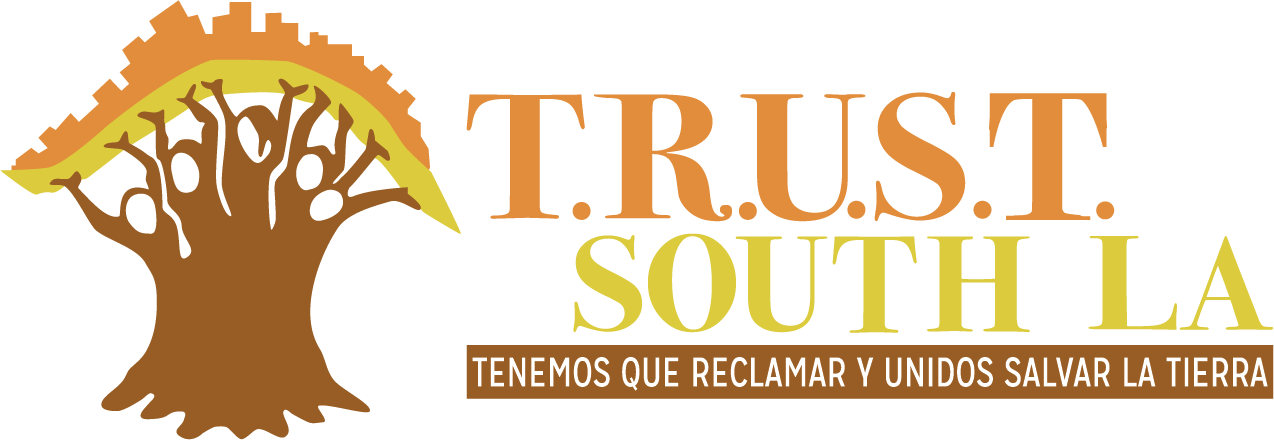Frequently Asked Questions (FAQs)

Frequently Asked Questions
A Community Land Trust (CLT) is a non-profit organization whose primary mission is to steward land and property for the benefit of its lower-income community members through the use of a ground lease that ensures permanent affordability and community control. Although the CLT model is well known for providing housing in various resident-controlled models, it is flexible, allowing for community-controlled commercial spaces, community facilities, urban agriculture, and other land uses that meet a particular community’s needs. CLTs achieve their mission of creating permanently affordable, community-controlled land and housing by acquiring properties and retaining ownership of the land while entering into a 99-year ground lease with the owner of the improvements (often homes or apartment buildings). The ground lease requires that the buildings remain permanently affordable to low-income households, whether renters, homeowners, or commercial tenants. CLTs monitor and enforce the ground lease while also supporting its residents with services that ensure their financial stability and ability to thrive. CLTs use a mixed governance structure in which residents and community members are represented on the board and provide oversight and direction to the organization. In this way, CLTs remain rooted in the communities they serve.
There are currently no vacant units, our goal is to support long term stable housing. To be among the first to know when a unit does become available, it helps to be signed up for updates and be an active member.
Yes, transferring your property to a Community Land Trust is a significant way to make a lasting impact in your local community. Contact us at info@trustsouthla.org. Read more from the California Community Land Trust Network on your options: Considering Donating or Selling Property to a Community Land Trust?
Community residents can become members of T.R.U.S.T. South LA by visiting our office and completing a membership form or they can complete the digital membership form.
The benefits of becoming a member of T.R.U.S.T. South LA is that members would be first to know about events, resources and meetings throughout the year including the Annual Membership Meeting where good standing members have the opportunity to vote in board members, and celebrate T.R.U.S.T. South LA’s and members’ accomplishments at the end of the year Annual Holiday Party. Members are able to give input in T.R.U.S.T. South LA’s priorities and have the opportunity to grow by practicing their public speaking skills and becoming a community leader. They also have access to all the cool T.R.U.S.T. South LA swag!
Dues for membership are $15 a year or 3 hours of volunteer time. If a minor wants to become a member dues are $5 a year or 1 hour of volunteer time.
T.R.U.S.T. South LA is a community-driven organization working to prevent displacement, create permanently affordable housing, and ensure that South LA residents have the power to shape their neighborhoods.
We do this through:
Community Land Stewardship – We acquire land and housing to keep it permanently affordable, ensuring that longtime residents can stay in South LA for generations to come.
Affordable Housing & Tenant Protections – We develop and preserve homes that serve working-class families and advocate for policies that protect renters from eviction and displacement.
Resident Leadership & Organizing – We believe the people most impacted by housing injustice should be the ones leading the solutions. We support tenants, youth, and community members in organizing for housing justice and land sovereignty.
Policy & Systems Change – We fight for policies that put land back in the hands of the people, such as the Tenant Opportunity to Purchase Act (TOPA), public land acquisition, and stronger tenant protections.
Environmental & Mobility Justice – We fight for clean, green, and accessible communities, ensuring South LA has walkable streets, safe bike lanes, and improved public transit—so residents can thrive in a healthier and more connected neighborhood.
